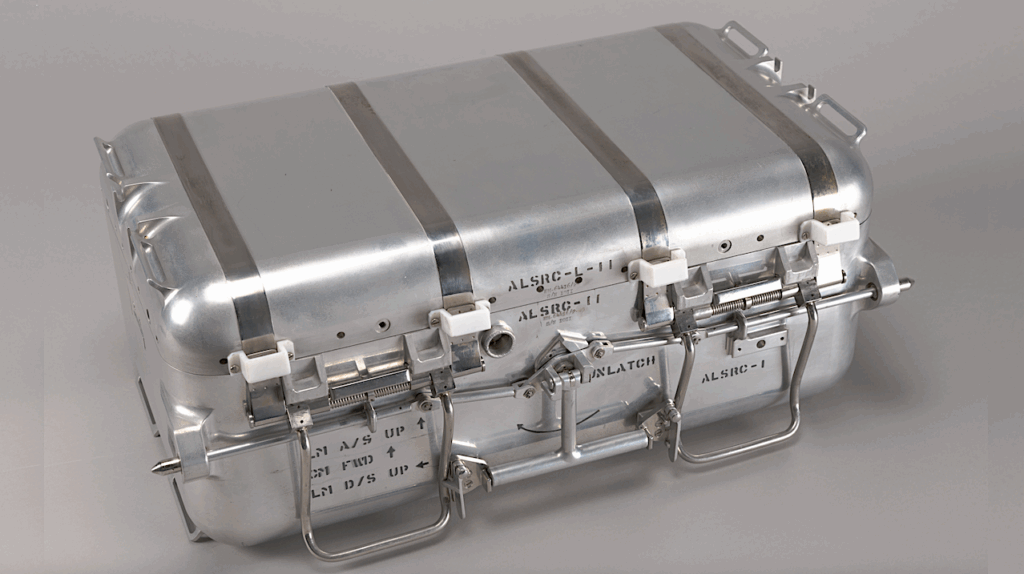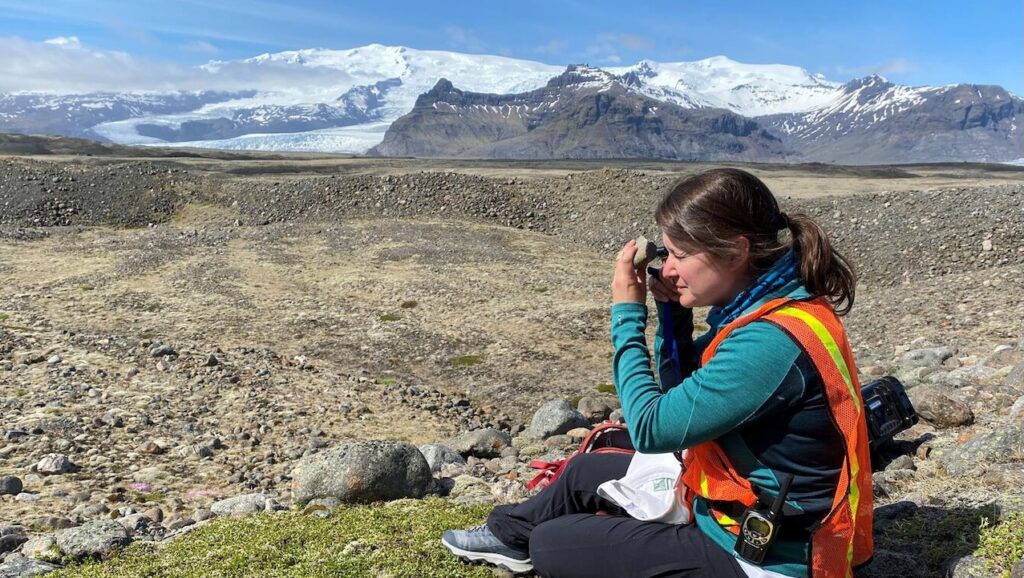Hidden Ecosystems Discovered In Earth’s Seafloor Beneath Hydrothermal Vents

The idea of secret worlds beneath the Earth has long been the stuff of science fiction. But new research reveals it’s not as far-fetched as it might appear.
Worms and snails have been found living in cavities under hydrothermal vents more than 2.5 kilometres beneath the ocean’s surface.
Life has been found thriving in one of the most extreme environments on Earth.
Hydrothermal vents are found along deep sea cracks in the Earth’s crust, where the high temperature, incredible pressure and lack of sunlight means only hardy animals can survive. Some worms and snails, however, have found a more comfortable alternative – live underneath them.
Though these cavities are only about 10 centimetres high, they provide luxury accommodation for the worms and snails which call them home. While the water temperatures immediately surrounding hydrothermal vents can reach hundreds of degrees Celsius, the water in these underground channels is a balmy 18⁰C.
So exclusive are the cavities that they only came to light thanks to a chance discovery made during an expedition to the Fava Flow Vents in the Pacific Ocean last year. Dr Sabine Gollner was one of the team of scientists who helped to uncover the hidden ecosystem.
“We were digging into the seabed with a remotely operated vehicle, searching for underground larval dispersal highways, when we came across vent animals living beneath the surface,” Sabine says. “This was very unexpected.”
“As similar geological phenomena are known from other intermediate and fast-spreading ridges, we think it is likely that subseafloor vent life is also found elsewhere. However, we’ll need more research to test whether this is the case.”
The study, published in the journal Nature Communications, highlights just how much there is still left to discover about the deep sea.
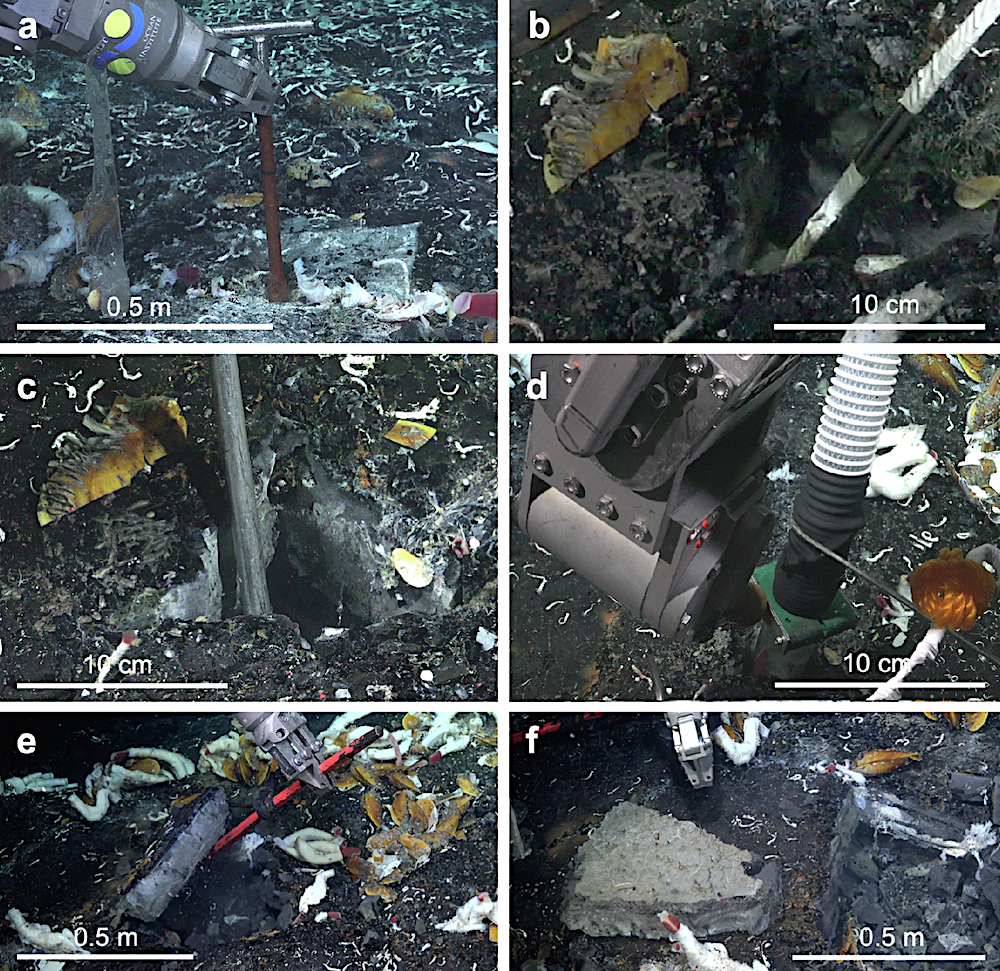
a Drilling of a small hole of ~2 cm diameter with a chisel to widen an existing crack in the lava crust. b Measurement of in situ temperature in about 20 cm depth below the seafloor surface and sampling of 75 L fluid from the subseafloor cavity. c Widening the hole to ~10 cm in diameter. d Suction sampling the crustal subseafloor community with 32 µm fine mesh. e Lifting of lava shelf. f Flipping of lava shelf. m = meter; cm = centimeter. — Nature
The hidden world of hydrothermal vents
Ever since the first hydrothermal vents were discovered in the 1970s, these environments have captivated scientists and the public. In the often vast, featureless deep sea, the vents provide a splash of colour and life thanks to the array of animals that surround them.
Some of the most distinctive are the tubeworms, which cluster around the vents to get close to the hot, mineral-rich fluid being released from within the Earth’s crust. The worms contain specialised bacteria which use the chemical energy contained in the minerals to produce sugars and other molecules that both then use to grow.
But until recently it wasn’t clear how these worms spread to new vents. Despite being among the first animals that form the foundations of hydrothermal vent communities, their young are hardly ever found in the water around the vents.
The researchers behind the current study suspected that the worm larvae might move under the seabed in the vent fluids that flow through cavities in the Earth’s crust. These spaces form as the result of volcanic activity under the sea.
“As tectonic plates move, hot lava can be expelled into the ocean where it comes into contact with the cold seawater,” Sabine explains. “The instant cooling creates clouds of vapour which form cavities in the newly formed rock.”
“We thought that tubeworm larvae might disperse through these space, being drawn in with cold water entering the Earth’s crust through cracks in the rocks. This water mixes underground with hot vent fluids and then is expelled elsewhere, taking the larvae along with it.”
To try and prove their hypothesis, the researchers glued mesh boxes over gaps in the crust to try and catch any larvae expelled with the fluid. When the time came to remove the boxes, however, the researchers had to remove part of the crust as well.
As the remotely operated vehicle teased open the cracks on the sea floor, the team were astonished by what they found.
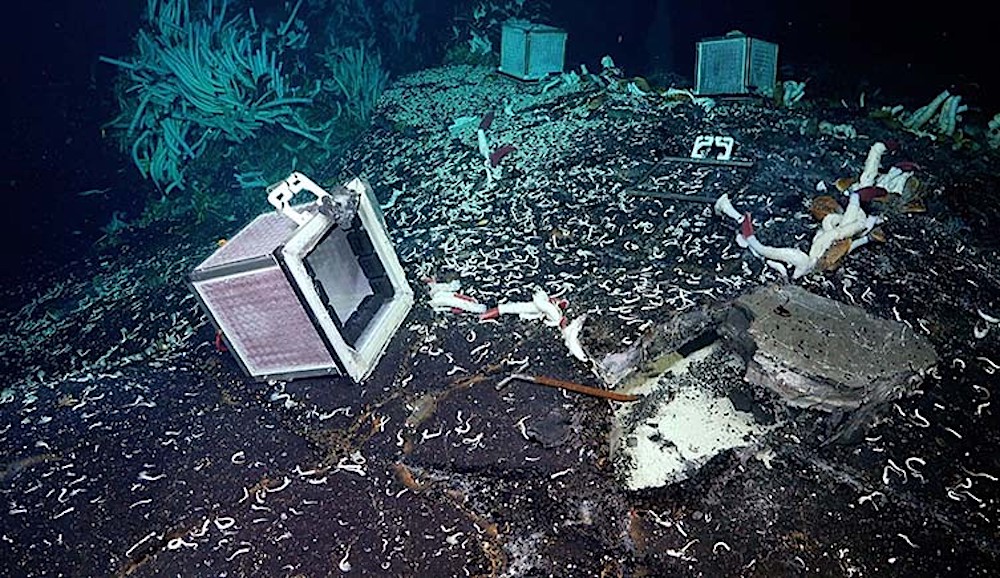
Removing the sample boxes the researchers had glued to the seafloor revealed the cavities hidden underneath. Image © Schmidt Ocean Institute, licensed under CC BY-NC-SA 4.0 via Nature
What lives underneath the seabed?
When the researchers peered into the cavities they found not only tubeworm larvae but fully grown adults living beneath the crust.
One of the most common was the tubeworm Oasisia alvinae, which were found on the ceiling of most of the channels. As many as 200 of these pale animals were found in just one cavity, dangling from the ceiling on solidified lava drips.
They sometimes shared these cavities with other tubeworms, like the half-metre long Riftia pachyptila. The length of these red and white worms meant that some could stretch their plume out into the water to feed while keeping the rest of their body inside the cavity.
These worms were joined by a variety of different animals, including carnivorous polychaete worms, sediment-eating snails and other species yet to be identified. While some of these creatures might have drifted into the cavities, others are thought to have crawled in through the cracks.
It’s currently uncertain how far beneath the seafloor these animals might be able to go. While some research suggests that microbes could live as deep as 10 kilometres beneath the seabed, animals are probably more limited.
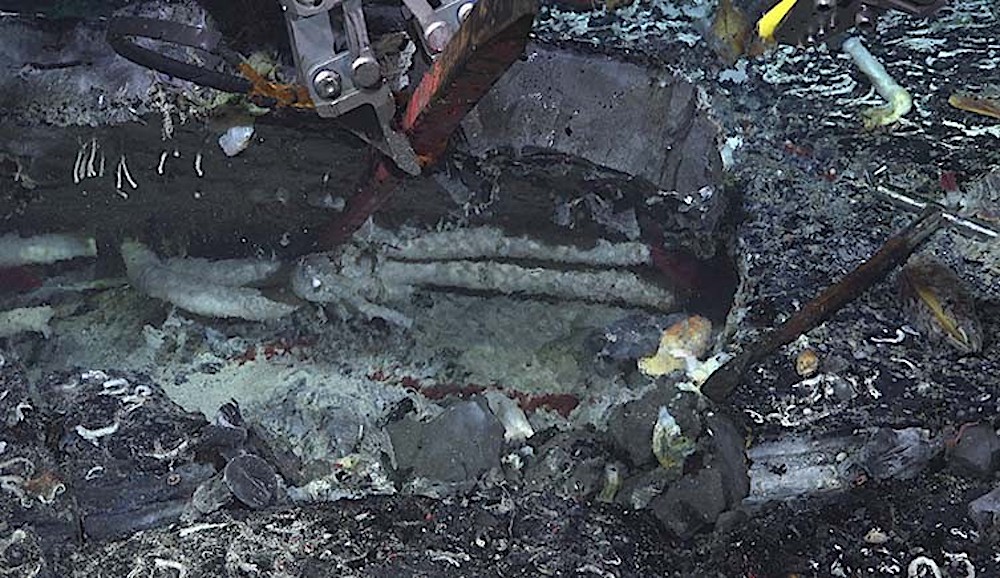
It’s believed tubeworms arrived in the caverns as larvae drifting through undersea channels. Image © Schmidt Ocean Institute, licensed under CC BY-NC-SA 4.0 via Nature
“At the moment, we don’t know how deep animals could live beneath the seabed,” Sabine says. “The deeper into the seafloor, the hotter it gets as the mantle draws nearer. Soon, it would get too hot for animals to live.”
It’s just as uncertain how far these cavities stretch horizontally. While they might just extend to the immediate area around individual vents, it’s possible that the cavities could go much further and provide a wider network of channels for animals to live and disperse in.
While this research continues, the team have called for further protection for the areas around hydrothermal vents from potential impacts such as deep sea mining. Dr Magdalena Georgieva, a vent researcher who was not involved with the research, agrees that more protections are needed.
“This study highlights another facet of these communities that we know very little about,” Magdalena says. “We already knew that vent ecosystems were localised, but we now know there are multiple stacked on top of each other.”
“This suggests that an even greater proportion of the community would be impacted by human activities, like mining, near to the vents. It’s important to further this research by repeating the study at additional vent sites to determine whether this phenomenon is as common as hypothesised.”
With our understanding of these unique environments is only in its infancy, it’s likely many more unexpected discoveries will emerge in the coming years.
“At the moment, we assume a maximum limit of a few metres, but this is just speculation.”
Animal life in the shallow subseafloor crust at deep-sea hydrothermal vents, Nature
Astrobiology





